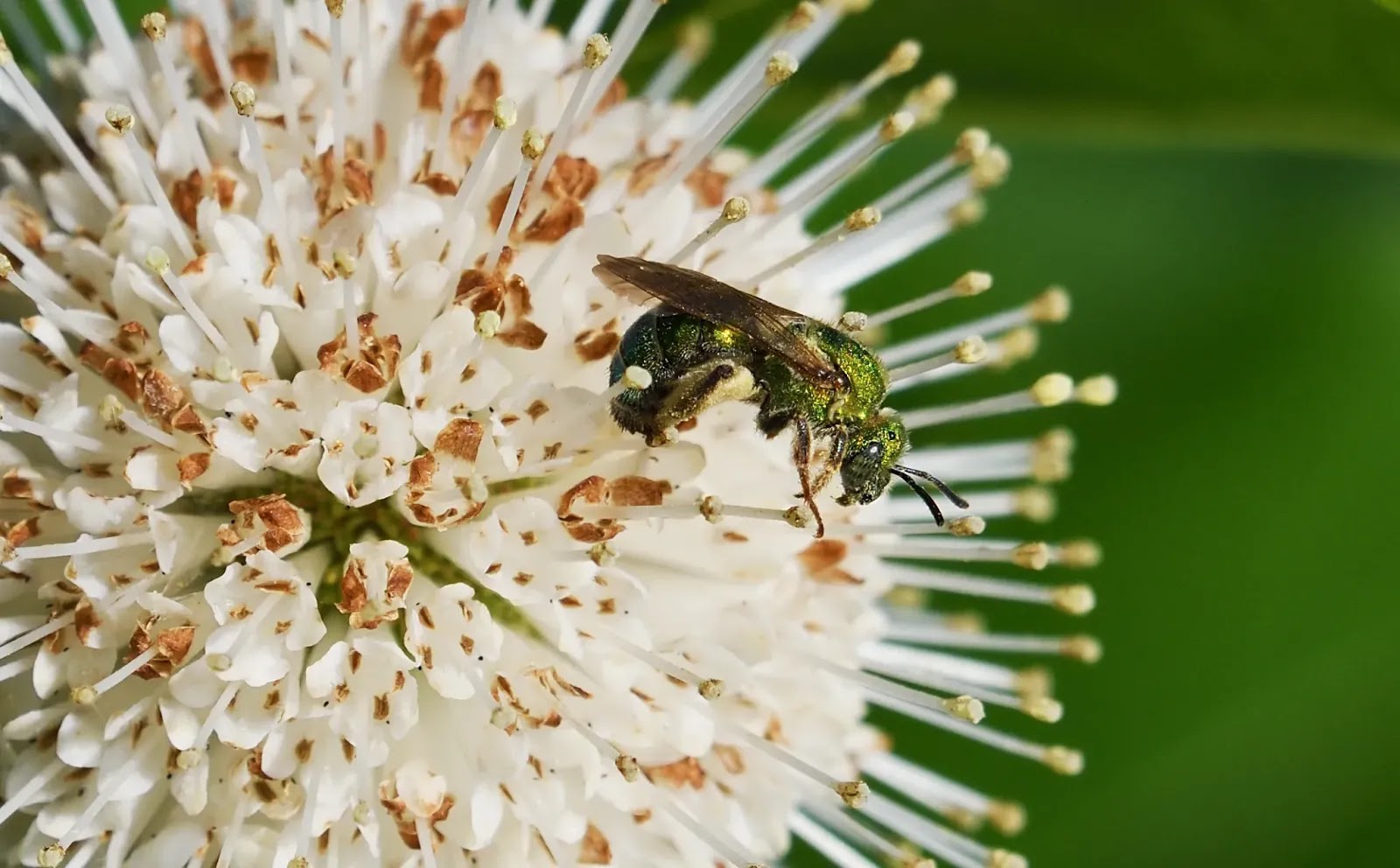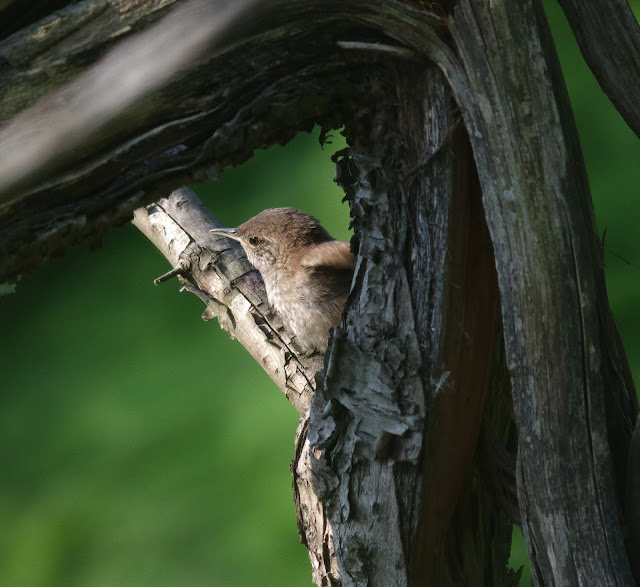The Kings and the Raccoon
This morning was special, Lakeside Park gifted me with so many photo opportunities. Photos of an animal that I have not seen at Lakeside Park for a long time and also of some elusive birds that I had wanted to better my previous photos of. It was a cold but gloriously sunny morning, everything crunched underfoot from the nights low of -2 degrees. I followed the sunlight along the bank of the lake and was preoccupied, focusing on a northern flicker that was drumming on a hollow dead tree when I noticed a distraction off to my left as it climbed its way up a tree.
The last time that I saw a raccoon at Lakeside Park was back in March of 2018, and that was a young raccoon (https://wildlakeside.blogspot.com/2019/07/a-wet-and-cold-raccoon.html). This raccoon was a large adult. I took a few photos before moving along.
The northern flicker's drumming and calling had attracted a mate. It presented itself to its partner, tail feathers spread out in an orange fan, fringed with the boldest black.
Before I move on to the kings in the title of this post, I'd like to include a photo of an insect-eating bird. This eastern phoebe was perched near the long line of fir trees that edge the playground. It would occasionally flutter down from its perch to pick up insects from the ground.
They are golden-crowned kinglets and they're an uncommon sighting, usually only seen for a brief instant as they flit through the tops of the fir trees, but today, they were everywhere.
Both birds have a really high pitched chirp when feeding, and they are also beautiful singers.
One last photo of a ruby-crowned kinglet surrounded by catkins.
I have mentioned a few times this year that I have seen great blue herons at Lakeside Park, and today I was given my first photo opportunity.
My initial photo taken in the warm golden hues of the early morning sunlight was of a bird that could at a distance be confused for a common grackle or a red-winged blackbird, but it is, in fact, a brown-headed cowbird.
The northern flicker's drumming and calling had attracted a mate. It presented itself to its partner, tail feathers spread out in an orange fan, fringed with the boldest black.
Before I move on to the kings in the title of this post, I'd like to include a photo of an insect-eating bird. This eastern phoebe was perched near the long line of fir trees that edge the playground. It would occasionally flutter down from its perch to pick up insects from the ground.
The long line of fir trees usually attracts chickadees, but today they were host to an even smaller bird and one that I had been hoping to get a better photo of for quite some time.
These birds rarely stop for a second as they search through the pine needles for insects.
As I mentioned, it is unusual to see so many golden-crowned kinglets together, but even more unusual to also see on the same day their close relative.
These birds are ruby-crowned kinglets and they were not seen feeding in the fir trees but in the bushes and shrubs at the top of the lake. Their crest is not as bold as the golden-crested kinglets, instead of yellow they have a red crest that is not as apparent unless they raise that crest up. This photo shows the partially concealed red of that crest a little better.
One last photo of a ruby-crowned kinglet surrounded by catkins.
On my walk down the bankside, between sightings of the kinglets, I was stopped in my tracks by two male goldfinches who landed right in front of me. I simply could not resist a photo or two. You can see their drab winter plumage being now almost completely consumed by brilliant yellow.
I also want to include this photo of a white-breasted nuthatch taken as it looked skyward.
I have mentioned a few times this year that I have seen great blue herons at Lakeside Park, and today I was given my first photo opportunity.
Another heron and one that I was lucky to photograph as it was almost completely masked by reeds. I found one small window for this photo of a green heron.
My initial photo taken in the warm golden hues of the early morning sunlight was of a bird that could at a distance be confused for a common grackle or a red-winged blackbird, but it is, in fact, a brown-headed cowbird.
This is my final photo for this post, it was taken from the bottom edge of the lake. It's of a Canada goose skating on the surface of the lake as it splashed down.
Copyright © wildlakeside.blogspot.com 2020 Scott Atkinson All Rights Reserved.





















Comments
Post a Comment